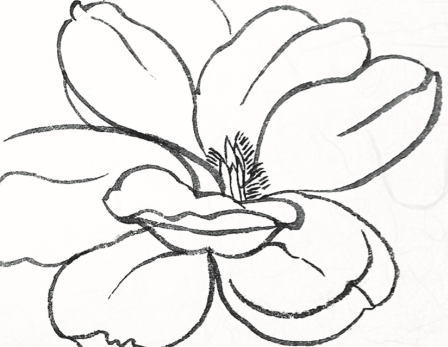Hair loss, a concern that affects individuals of all genders, can be particularly distressing for women when it occurs at temples. This specific pattern of hair loss can be attributed to various factors, and understanding them is crucial for seeking effective solutions. In this guide, we’ll delve into the primary causes of female hair loss at the temples and explore potential treatments. While there are several factors that can contribute to hair loss at the temples in women, hormonal imbalances, such as those experienced during menopause or pregnancy, are often a common cause. Additionally, certain medical conditions, like alopecia areata or thyroid disorders, can also lead to this specific pattern of hair loss. Understanding these underlying causes can help women make informed decisions about their treatment options and find effective solutions to address their concerns.
Hormonal imbalances and hair loss
Hormonal fluctuations play a significant role in hair loss, particularly in women. Conditions like Polycystic Ovary Syndrome (PCOS), menopause, or hormonal imbalances can lead to increased levels of androgens (male hormones) in the body. This hormonal shift can contribute to hair thinning, including at the temples. Seeking hormonal balance through lifestyle changes, medication, or hormonal therapies may help address this issue.
Genetic predisposition and hair thinning
Genetics can be a key factor in female hair loss, including at the temples. If there’s a family history of hair thinning or pattern baldness, it increases the likelihood of experiencing similar issues. While genetic predisposition cannot be altered, various hair loss treatment options can help slow down or manage the progression of hair loss.
Traction Alopecia: Hairstyles and Hair Loss
Traction alopecia is a form of hair loss caused by tension or pulling on the hair. Certain hairstyles that put constant stress on the hairline, such as tight ponytails, braids, or extensions, can lead to hair loss at the temples. Avoiding overly tight hairstyles and allowing the hair to rest from tension-inducing styles can help prevent further hair loss.
Nutritional deficiencies and hair health
Inadequate nutrition, particularly a deficiency in essential vitamins and minerals like iron, zinc, biotin, and vitamin D, can impact hair health. When the body lacks these vital nutrients, hair growth can be compromised, leading to thinning at the temples. A balanced diet supplemented with the necessary vitamins and minerals can support overall hair health and may help reverse or slow down temple hair loss.
Stress, Emotional Factors, and Hair Loss
High stress levels can lead to a condition known as telogen effluvium, where a significant number of hair follicles prematurely enter the resting phase and then shed. Chronic stress, anxiety, or traumatic events can contribute to this form of hair loss, including at the temples. Managing stress through relaxation techniques, regular exercise, and seeking professional support can aid in reducing hair loss associated with emotional factors.
Medical Conditions, Medications, and Hair Loss
Certain medical conditions, such as autoimmune disorders, thyroid problems, or chronic illnesses, can lead to hair loss. Additionally, some medications, like chemotherapy drugs, blood thinners, or certain antidepressants, may cause hair loss as a side effect. If medical conditions or medications are contributing to temple hair loss, consulting with a healthcare provider to explore alternative treatments or adjustments to medication may be necessary.
Proper hair care practises and hair health
Using harsh chemicals, excessive heat styling, or aggressive brushing can damage the hair follicles, leading to hair thinning. It’s important to handle hair gently and use products that promote hair health. Opting for natural and gentle hair care products, minimising heat styling, and avoiding tight hairstyles can contribute to healthier hair and potentially slow down temple hair loss.
Aging and Nutrition:
As women age, it is natural for hair density to decrease, and this can be more noticeable in certain areas, including the temples. Inadequate intake of essential nutrients like iron, biotin, zinc, and certain vitamins can lead to hair thinning. These deficiencies can be a contributing factor to temple hair loss.
Seeking Professional Guidance for Temple Hair Loss
If you’re experiencing hair loss at the temples, it’s advisable to consult a healthcare professional or dermatologist. They can conduct a thorough evaluation, identify the underlying cause, and recommend appropriate treatment options. Depending on the diagnosis, treatments may range from topical solutions and lifestyle adjustments to more advanced interventions like PRP therapy or female hair transplant.
Remember, early intervention is often key to effectively managing hair loss. With the right approach, it’s possible to address the issue and restore healthy, vibrant hair. Taking proactive steps towards understanding and addressing temple hair loss can lead to positive outcomes and improved confidence in one’s appearance.





